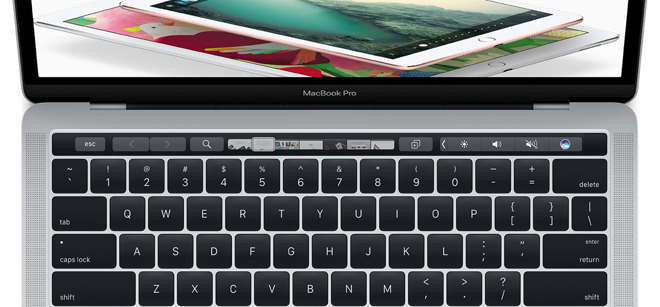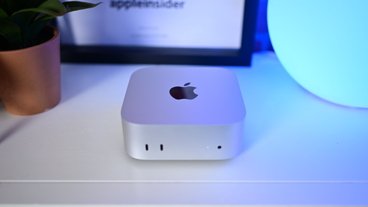Newly-patched Mac malware relies on some antiquated code predating the OS X era, but has been used in some previous real-world attacks on biomedical research groups, according to a prominent security software maker.
The malware communicates with two command-and-control servers, and can perform actions like typing, webcam and screen captures, and moving and clicking a mouse cursor, Malwarebytes said in a blog post on Wednesday. It also maps other devices on a network and tries to connect to them.
Unusually the malware is said to rely on pre-OS X system calls, and even open-source "libjpeg" code not updated since 1998. Much of the software is said to be Linux-compatible, possibly suggesting the existence of a native variant. Related Windows executables are said to exist, but date back to at least 2013.
The Mac malware may also have been in circulation for a long time, given some associated timestamps. A comment in a one file makes reference to a change for OS X Yosemite, which Apple released in 2014.
Malwarebytes didn't elaborate on the alleged biomedical attacks, except to say there's no evidence linking them to a specific group. Chinese and Russian hackers have, however, been known to steal American and European scientific data.
The company noted that Apple has already released a silent update for macOS, dubbing the malware "Fruitfly." Malwarebytes' own app identifies the code as "OSX.Backdoor.Quimitchin," making a reference to ancient Aztec spies.
Serious malware threats are a relatively rare phenomenon on the Mac, both because macOS remains a minority platform — hence a smaller target — and because Apple has stepped up its own security efforts in recent years. Recently it instituted a bug bounty program, matching similar efforts at companies like Google, making it potentially lucrative to defend rather than attack Apple platforms.
 Roger Fingas
Roger Fingas








 Wesley Hilliard
Wesley Hilliard
 Malcolm Owen
Malcolm Owen
 Andrew Orr
Andrew Orr
 William Gallagher
William Gallagher
 Sponsored Content
Sponsored Content
 Christine McKee
Christine McKee

 Thomas Sibilly
Thomas Sibilly







6 Comments
"Serious malware threats are a relatively rare phenomenon on the Mac, both because macOS remains a minority platform —hence a smaller target —and because Apple has stepped up its own security efforts in recent years."
Right, because until "recent years" malware was such a rampant problems with Macs. I don't know how I would have explained the almost complete absence of any meaningful Mac malware since the dawn of OS X, but that explanation is a poor one.
The Apple OS's may be a "minority" platform, but this is misleading for two reasons: 1. It's not a small number (well over a billion) and 2. those other majority platforms are well infiltrated: leaving malware writers fewer devices which have not already been compromised: i.e. low value gains. Any infiltration of apple's platforms would be high value to malware developers as they are clean devices with access to details such as stored credit cards and other criminally useful data.
'because macOS remains a minority platform —hence a smaller target' I've been hearing this argument since MacOS in the nineties. It far from explains the 1:1.000.000 Mac/other viruses ratio.